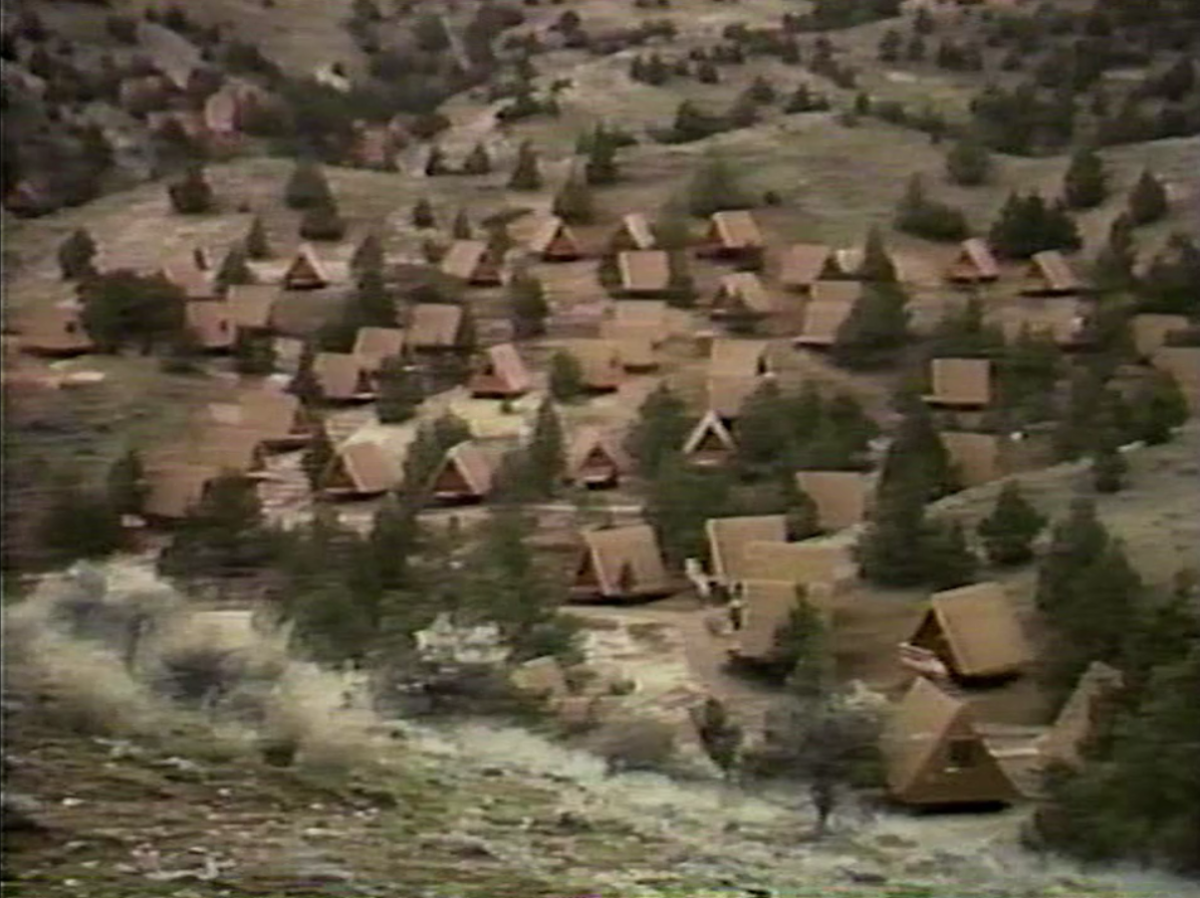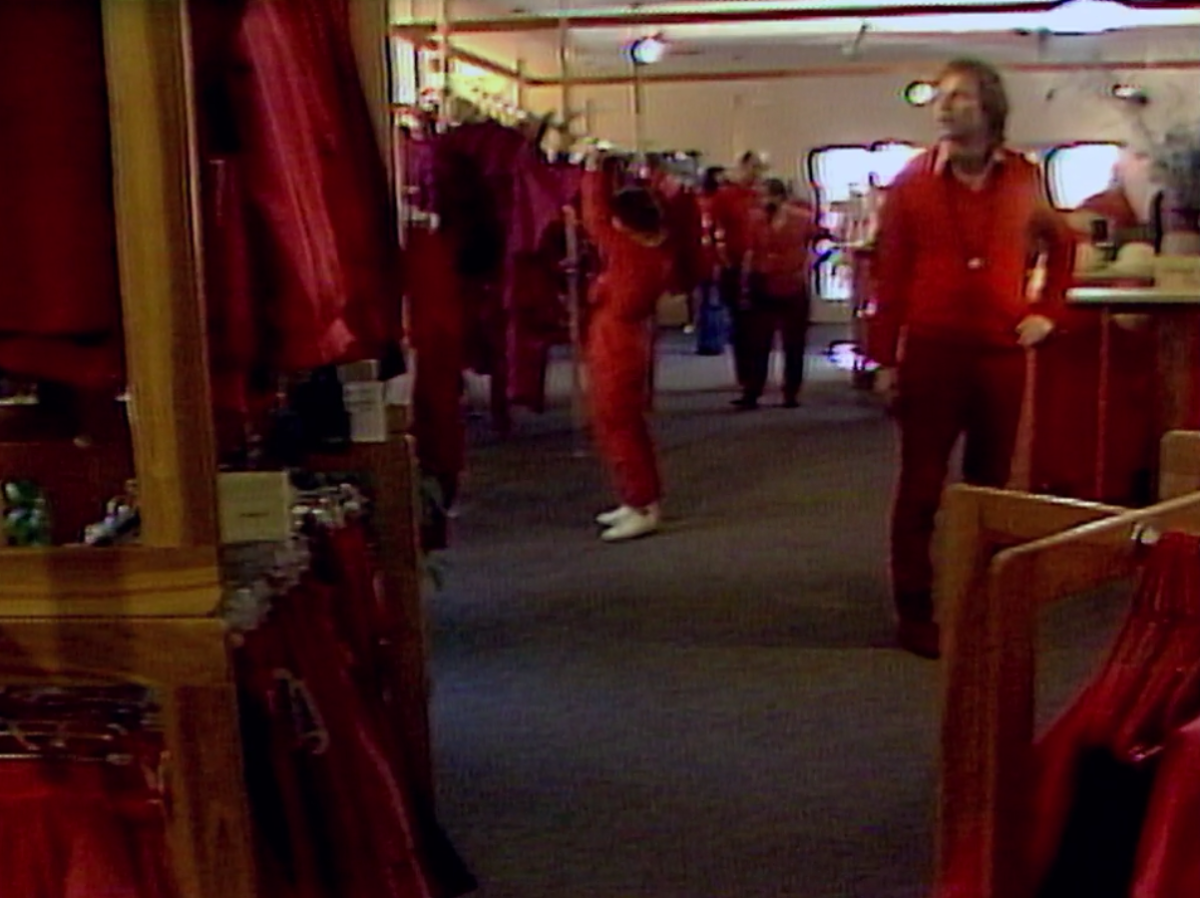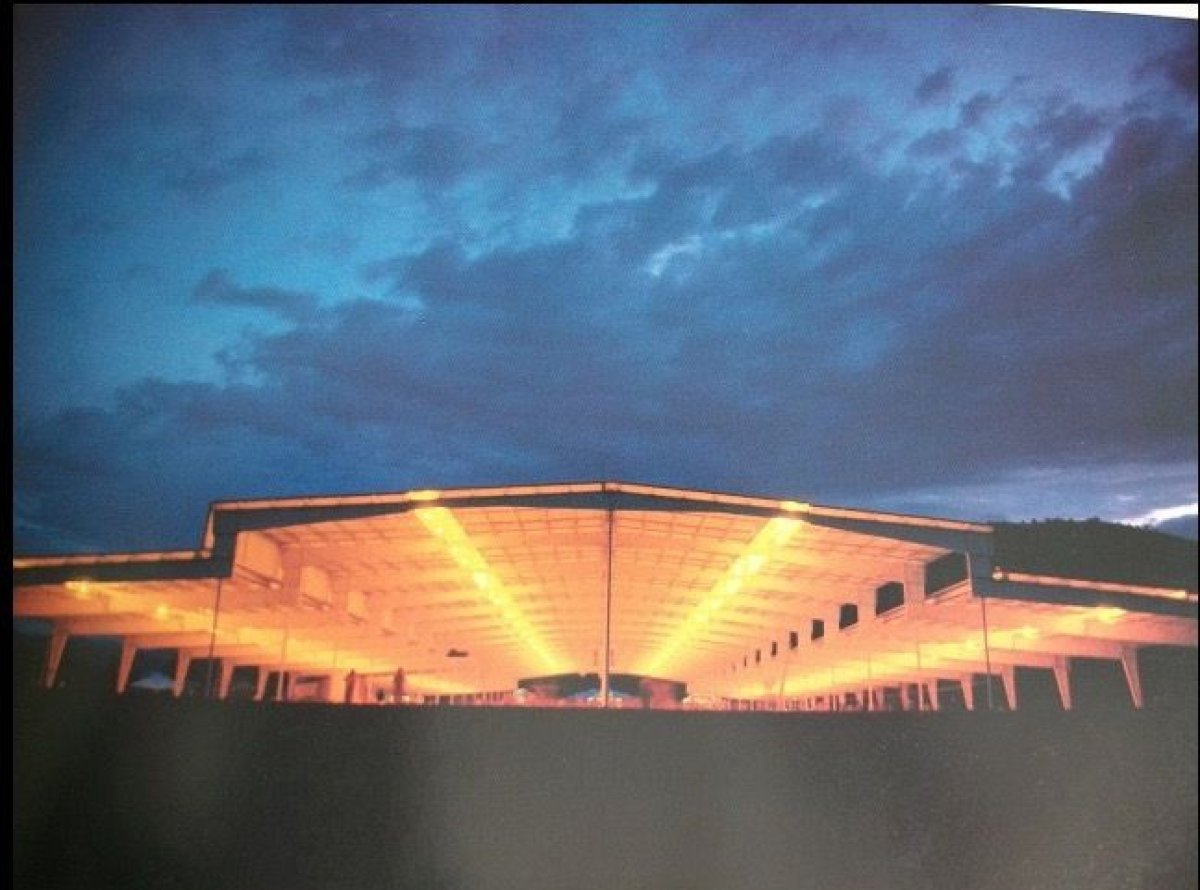The new Netflix documentary series Wild Wild Country opens in Antelope, Ore., a town of 40 people who, in 1981, had no idea Bhagwan Shree Rajneesh was headed their way. A mystic who defied Hindu sexual norms, and hoped to transform his followers into "the new man," he hoped to expand beyond his Pune ashram in India. With the help of his powerful personal secretary, Ma Anand Sheela, the Rajneeshees bought 64,000 acres just outside Antelope to construct their utopian city: Rajneeshpuram. Four years later, Rajneeshpuram was in chaos. Sheela was arrested and later convicted for her part in a conspiracy to poison 751 people with salmonella to suppress voter turnout ahead of a local election. Bhagwan pleaded guilty to immigration fraud and returned to India, where he died in 1990.
From the outside, the Rajneesh movement checked off the dangerous cult criteria. "You do some light googling and the first thing that pops up is 'terrorist sex cult,'" Chapman Way, who directed Wild Wild Country with his brother Maclain, told an audience at IFC Center. "There was a knee-jerk reaction to dismiss them."
But in talking with Bhagwan's followers—the sannyasin—the brothers found a more complicated story.
"We interviewed the decision makers because we were interested in the political battle," Maclain said. But after narrowing down Wild Wild Country from 300 hours of archival footage and new interviews, there was one sequence the directors wanted to include but couldn't quite fit into the sweeping narrative of the utopian project's rise and fall: what was a day like for an average follower of Bhagwan, living and working in Rajneeshpuram?
Most sannyasin lived in prefab A-frames, arranged in beehive formations, with four units connected by a communal space between them. After a chatting over a communal breakfast, they'd be sent off to their divisions of work.

Rajneeshpuram had the expected hallmarks of commune labor, like farming, construction and sanitation. But there was also a PR and legal department to handle the ongoing conflicts with government agencies and the media. They had their own police officers, the "Peace Force," stores and a pizza place. They were not ascetics.

But they did work very hard. "They weren't paid for their shift. Eight-hour days, 12-hour days," Chapman said. "They created their own banking system, with its own banking cards. And a couple people told us that at the end of the month they would throw 50-75 bucks on everybody's banking card and you could drink in the beer garden that night."
They had lunch in Magdalena Hall, separate from the other gigantic meeting hall, where meditation sessions were held. "Magdalena was also a huge department, because they were responsible for feeding 2,500 people every day. It was a lot of salads and it was all vegetarian," Maclain said. "A lot of people consistently said that they loved the food."
At the end of the workday, the sannyasin gathered in Rajneesh Mandir, a huge building that still stands on the site, since adopted by a Youth Life Christian camp. At that point, Bhagwan had retreated from public speaking, so they'd instead listen to recordings of the guru's speeches, in which he'd describe harmony with nature and a society free of racial and religious divides.

Day-to-day life in Rajneeshpuram wasn't for everyone, but it also wasn't exactly sinister. People felt free to leave and many did, especially after the move from India to the United States. "In Pune, you could meditate all day, you could eat grapes off the vine. It was a much more relaxing environment. And then you go to Rajneeshpuram and you're working seven days a week, it's labor. Sheela's cracking the whip. They're spending millions of dollars in cash and there's a lot of pressure to make this work," Maclain said.

"They never quite got the city to where it's like 'We're fully relaxed!' They were constantly under these legal, land-use pressures, so they were trying to build as fast as they can before an injunction was put on the community to stop building it," Chapman said. That was the downside.
The upside was a genuine sense of community. "If you were coming from a background that had been a little broken. And you'd gone through some shit in your life and you've had the shit kicked out of you, I think going to Rajneeshpuram, there was no lonely kid who ate at the lunch table alone," Maclain explained. "If you were willing to put the red on and wear the mala, then that earned you respect on that ranch and you were part of a deeply connected family. You were part of a beautiful experiment."
Most of the run-of-the-mill sannyasin were also insulated from the crimes that would come to define the story of Rajneeshpuram, as the community lacked access to television and produced its own newspaper. "I don't know how much information was trickling down about poisoning restaurants," Maclain said. "The vast, vast majority of sannyasin had a positive experience out there, but just didn't really know what was going on. Not 'not really know' as in naive, but just literally didn't have the access to the information about what was going on inside the ranch."
Still, the outside pressures, first from Antelope and later from the FBI, ATF and Immigration Services, began to create an aura of paranoia. People would accuse others of acting on behalf of their ego. "And it got exploited because it turns into 'Who's the most devoted? Are you more devoted than me? Are you willing to do this for the cause?'" Maclain said. "How easily that could be exploited is a very terrifying thing."
Maclain offered the most concise summary. "It was kind of like adult camp."
Uncommon Knowledge
Newsweek is committed to challenging conventional wisdom and finding connections in the search for common ground.
Newsweek is committed to challenging conventional wisdom and finding connections in the search for common ground.
About the writer
To read how Newsweek uses AI as a newsroom tool, Click here.








